Writing Advice Archive
Writer & Artist: What We Can Learn from Writers Who are Both
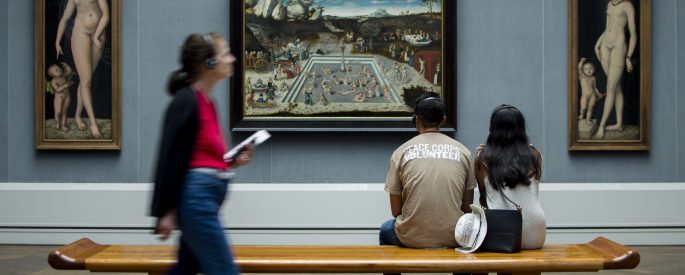
In many ways, visual art gave birth to literature. The first stories written down were cave paintings. For years our alphabet was made up of pictographs which simply meant that the only people who could tell stories were those who could draw.
What Writers Can Learn From Visual Artists About Patterns & Meaning

Patterns are everywhere and we rely on them to understand ourselves and the world. Theoretical physicists and cosmologists attempt to unlock the mysteries of our existence by searching for patterns. Behavioral scientists, psychologists, psychobiologists, criminologists, sociologist and cognitive scientists seek insight into human nature by studying patterns.
The Cost of the Academic Job: A Personal Narrative

A few years ago, a small university invited me on an MLA interview for a tenure-track assistant professor position teaching publishing and creative writing. The hiring committee assumed I would be attending the conference and so told me when and where to be.
Notes on the State of Virginia: Journey to the Center of an American Document, Queries VII, VIII, and IX
Author: Kiki Petrosino | Categories: Critical Essays, Nonfiction, Poetry, Series, Writing, Writing Advice No comments
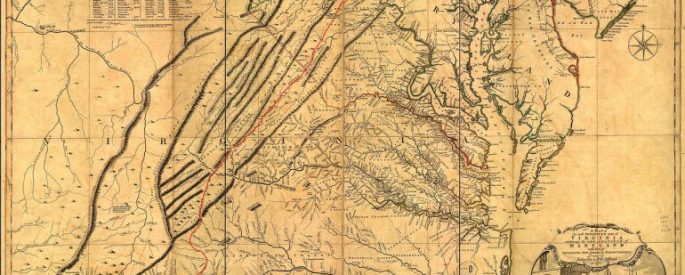
In these three queries, Jefferson attempts to distill the complex meteorological, demographic, and military features of Virginia into a series of data points. His prose—supplemented by graphical tables tracking everything from rainfall to carriage wheels—draws a fine grid over the natural and human activities of the Commonwealth.
Time and Opening Chapters: Gaining Trust

Lately I’ve been thinking about time in novels. How to manipulate it, whether it should be linear or nonlinear, and what that choice means for a story. I began to examine it more closely after a recent weekend novel workshop I took with Lauren Grodstein.
Exaggeration & Distortion: What Writers Can Learn From Visual Artists
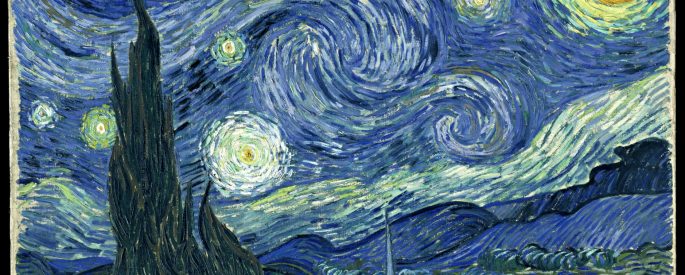
The purpose of art is not to depict reality—it is to transform reality into something more interesting and meaningful. And the only way to do this is to distort, exaggerate, or in some way embellish what is there. Supernormal stimuli excites us more than reality does. Birds, mammals, fish,
Notes on the State of Virginia: Journey to the Center of an American Document, Query VI
Author: Kiki Petrosino | Categories: Nonfiction, Poetry, Series, Writing, Writing Advice No comments
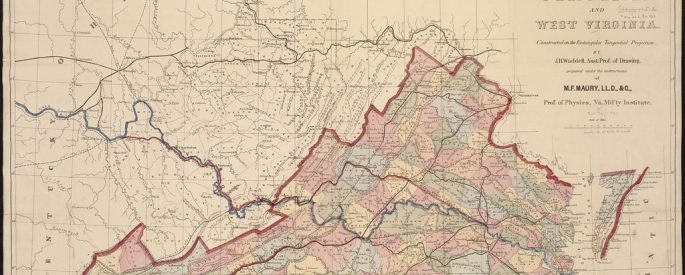
This is the fourth installment of a year-long journey through Thomas Jefferson’s Notes on the State of Virginia. You can read previous installments here, here and here. ** Query VI: “Productions mineral, vegetable and animal” A notice of the mines and other subterraneous riches; its trees, plants, fruits, &c.
Writ in Water: Interview with Chris McCormick and “Desert Boys”
Author: Joseph Horton | Categories: Authors, Interviews, Publishing, Reading, Series, Writing, Writing Advice No comments
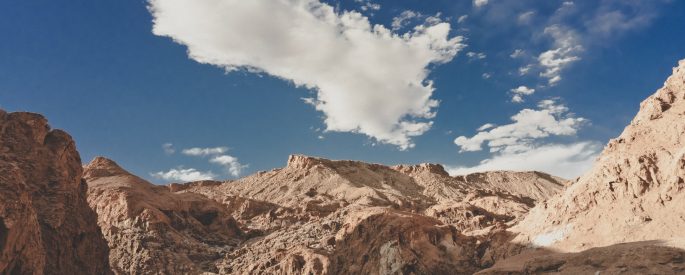
This month, I chat with author Chris McCormick, whose terrific debut of linked stories, Desert Boys, follows main character Daley “Kush” Kushner and his friends Robert Karinger and Dan Watts. The book is largely set in the growing desert suburbia of the Antelope Valley, 70-odd miles north of Los
Conflict & Tension: What Writers Can Learn From How Visual Artists Use Contrast

Contrast is the visual artist’s most powerful tool. Contrast does not necessarily mean opposite. Evil and contentment, white and off-white are both contrasts, but they are not opposites. Artists use a spectrum of tools to achieve contrast: color and light, saturation and tone shading and line, focus, scale and
On the Art of Perspective: Christopher Castellani & Maggie Nelson
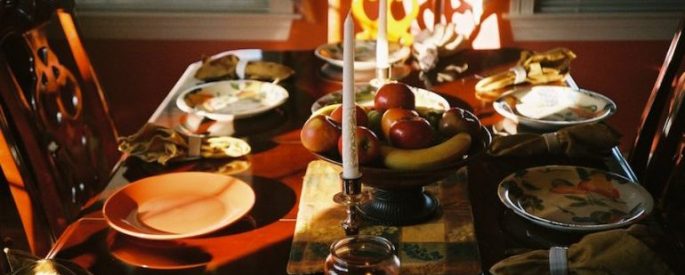
“I want to tell you what happened on the way to dinner.” Christopher Castellani‘s The Art of Perspective: Who Tells the Story begins with that simple phrase, the driving force of storytelling: the author has something they want to convey. Which quickly leads us to the issue of how